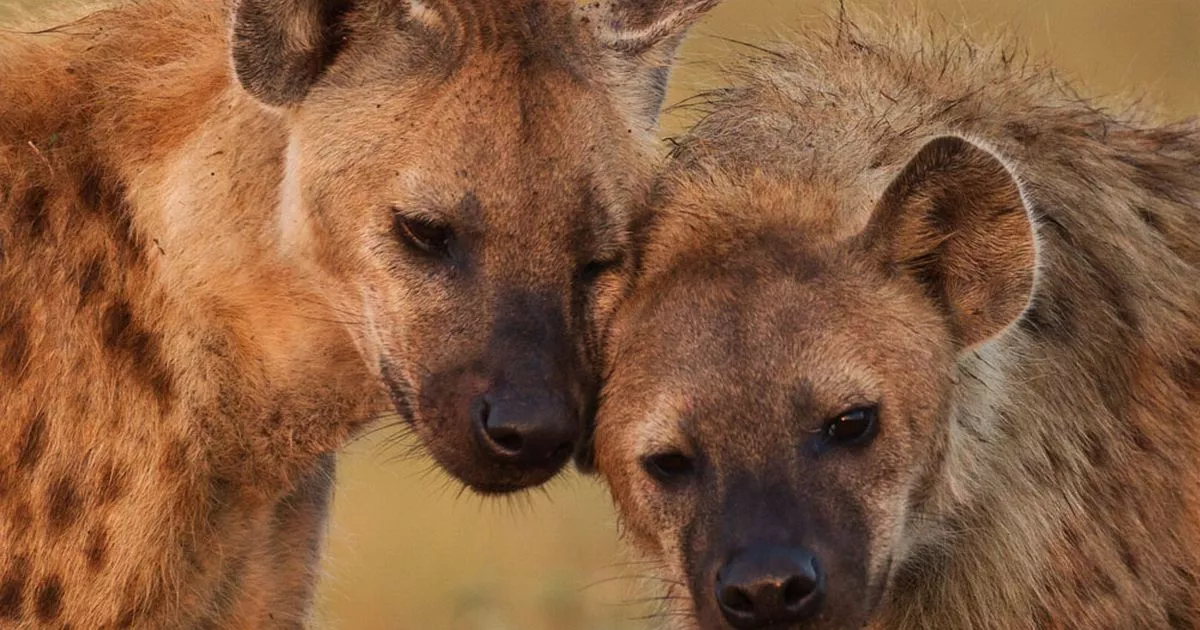JAPAN: Zookeepers at Japan’s Maruyama Zoo spent four years puzzled over why their spotted hyena pair failed to produce cubs despite what appeared to be ideal breeding conditions. The animals shared an enclosure, displayed normal social behaviors, and were believed to be a male-female pair. Yet repeated attempts at mating never resulted in offspring, baffling the staff and prompting a closer scientific look at the animals’ biology.
The breakthrough came after the zoo collaborated with veterinary specialists to conduct DNA testing. The results revealed a surprising fact — both hyenas were male. Spotted hyenas are notorious for their ambiguous external anatomy; females possess enlarged clitoral structures resembling male genitalia, making even experienced caretakers prone to misidentifying their sex. In the case of the Maruyama Zoo pair, this natural mimicry led to years of unsuccessful breeding attempts.
This discovery highlights the unique evolutionary biology of spotted hyenas, where social dominance and reproductive roles are tied to their unusual genital morphology. In the wild, such features play a role in their matriarchal societies, with females typically larger and more dominant than males. For captive populations, however, this anatomical ambiguity complicates breeding programs and emphasizes the need for genetic testing rather than relying solely on visual identification.
Following the revelation, Maruyama Zoo announced it would review its protocols for sex determination and pair formation among its animals. The case has become a teaching example for other institutions managing hyena populations, illustrating how careful science and veterinary expertise can resolve perplexing problems in animal conservation and zoo management.



